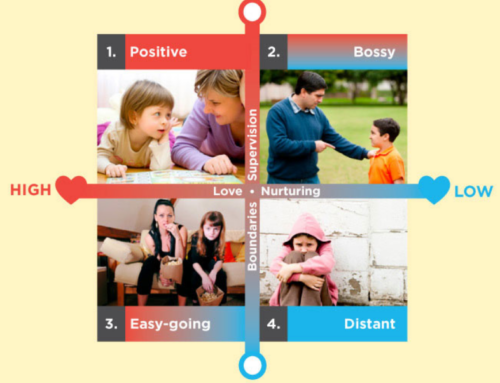(From the Growing Child Issue 15)
Not all children develop at the same rate. Nor does any one child develop evenly in all areas. Any single child may vary a great deal at different periods in her rate of development.
For example, she may have gained control of her head at about average age, progressed rapidly to sitting balance, then spent a little longer-than-average time in progressing to crawling.
Slight variations in the rate of development are perfectly normal.
However, during infancy and childhood, all children should go through the same stages of development and in the same order. First, for example, the baby achieves head balance and control, then sitting balance, then crawling, standing balance, and finally walking.
You will remember from what we have told you previously that it is most unlikely that there will ever be a child who is truly “typical” in every aspect of development.
Usually a child may be somewhat ahead in some areas of development and somewhat behind in others.
We use the word “typical” to describe the characteristics children usually have at a particular stage of development.
The concept of the “typical” child is also a useful one in helping to identify the child who may be experiencing some sort of delay in her development.
Every six months we include in Growing Child age-appropriate checklists which help you to see how your child is developing.
When we speak of children with a developmental delay, we refer to those children whose development in relation to the average is very marked. An example may help to clarify what we mean and also illustrate the importance of knowing when a child’s development is delayed.
If we consider, for example, a fifteen-month-old child who is unable to stand alone for 10 seconds or more, we would judge that child’s motor development to be delayed.
We can say this because we know that, by eleven months of age, 50 % of all children can do this. By thirteen months, about 75%, and, by fourteen months, about 90 % of all children have attained this developmental milestone.
It is important to have this knowledge because once any developmental delay is recognised, something very often can be done about it.
In the example described above, the delay may simply be the result of consistently not providing opportunities for the child to practise standing alone.
In this instance, dealing with the delay might be simple: providing the child with appropriate developmental experiences such as the ones we have recommended in Growing Child.
Some children have developmental delays because of a genetic or medical condition.
But other children are delayed simply because of a lack of opportunity.
Whatever the reason for the delay, it is important to identify any such delay early, so that treatment may be put into place as soon as possible.
Generally speaking, the earlier such delays are identified, the simpler and more effective the treatment will be.
That is why the concept of the “typical” baby is a useful one – it gives both professionals and parents a measure of whether the delay in the child’s development is serious or not.
In this way when parents suspect that a child’s delay in development may be serious, they can consult their Health Visitor or a doctor and obtain whatever assistance may be needed.







